The Hoa Lu Ancient Capital Heritage plays an important role and significance in the treasure trove of national cultural heritage, and is a precious asset passed down to future generations. The issue of preserving and promoting heritage values in the vortex of urban development, in the face of the ravages of time, environment and climate is always a major concern of Party committees, authorities at all levels and the community.
Hoa Lu Capital is a land with a strategic location, closely associated with the process of formation, existence and development of the first centralized feudal state in our country. During 42 years (968-1010), Hoa Lu Capital marked important turning points in the history of the nation, opening a period of independence, laying the basic premise for the country's construction and national unification. In 1010, King Ly Thai To moved the capital to Thang Long, opening a new period, the period of Dai Viet civilization. Hoa Lu no longer has gilded and silvered palaces or red towers and purple attics, but it has left behind a priceless cultural heritage of the nation. In 2014, the historical-cultural relic of Hoa Lu Ancient Capital located in the core area of Trang An Scenic Landscape Complex was recognized by UNESCO as a World Cultural and Natural Heritage.
Mr. Giang Bach Dang, Director of the Hoa Lu Ancient Capital Historical and Cultural Relics Conservation Center, said: The Center is preserving and storing about 1,000 artifacts, including 5 valuable national treasures. In recent years, the work of preserving and promoting the value of relics has always been of interest and focus to all levels, sectors and the Center in order to preserve and spread the unique values of the locality, contributing to the socio-economic development of the province, creating momentum for tourism development, bringing economic benefits and contributing to promoting the image of the country and people of Vietnam. The Center strictly complies with the Heritage Law in managing and protecting relics, ensuring their originality. In particular, national treasures such as Long Sang and Phu Viet are always well preserved, ensuring aesthetics, surrounded by protective fences and installed with security camera surveillance systems.
However, the work of protecting and promoting the value of the Hoa Lu Ancient Capital relic is currently facing many difficulties, to ensure the harmony between sustainable development and heritage conservation, tourism development in the heritage site; at the same time, it must be consistent with the General Plan, Heritage Management Plan and Socio-economic Development Plan of the province. In the Hoa Lu Ancient Capital relic site, there is still a residential road passing through, which affects security and order, environmental sanitation, natural landscape, tourist activities and makes it difficult to manage the relic. To ensure the solemnity and dignity of the relic, it is necessary to soon deploy a residential road outside the relic site, while the road currently running through the relic is only for serving visitors.
In addition, archaeological excavations have received attention and investment in recent times. However, there are still many mysteries underground, especially recent excavations showing that the space for distributing relics in the central area of the capital is actually three times larger than the current protected area of the Hoa Lu Ancient Capital. Therefore, in order to research, preserve and strongly promote the values of relics from the Dinh-Tien Le period, it is necessary to continue to conduct excavations with expanded areas and scales.
Especially now, the impact of urbanization, people building houses, traffic works, ... can cause the relics to be encroached and buried. The research results will give us the basis to carry out the next steps such as preserving the excavation sites in situ, building archaeological parks to serve research and tourists. At the same time, protect the original status of the area from the northern area of the Hoa Lu Ancient Capital historical-cultural relic (Ngoi Chem area) to the Noi Trong field area such as: relocating households currently living out of this area, prohibiting activities of building houses, tombs, dredging ponds, ... associated with the detailed plan for conservation, restoration and promotion of the value of the Hoa Lu Ancient Capital special protection area approved by the Provincial People's Committee.
According to Mr. Nguyen Duc Long, Chairman of the Provincial Cultural Heritage Association, in the current period, digital transformation and increased application of science and technology in the work of protecting and promoting the value of the Hoa Lu Ancient Capital heritage are extremely necessary. This is the bridge to bring relics and heritage closer to the community, actively contributing to the process of protecting and promoting the value of relics, turning heritage into tourism products, and socio-economic development. From the experiences learned in a number of provinces and cities in the country and internationally, Mr. Long proposed a number of solutions to preserve and promote the value of heritage in the modern context, such as applying the Module software to manage relics; applying Lidar and Round Radar technology to determine archaeological excavation locations; applying 3D and Hologram technology to promote, support, and explain relics; especially, it is necessary to increase the application of QR technology to automatically explain relics at relic sites.
Currently, the team directly responsible for guiding and explaining to serve visitors at the Hoa Lu Ancient Capital Historical and Cultural Relics Conservation Center has about 10 people. Of which, the number of staff with foreign language proficiency is still very limited. When automatic QR interpretation technology is applied, it will overcome the above limitations, bringing visitors better experiences.
Currently, Ninh Binh province is implementing solutions and tasks towards building the province into a centrally-governed city with the characteristics of a Millennium Heritage City, a creative city by 2035; one of the major centers with high brand value in tourism, cultural industry, and heritage economy of the country and the region. Preserving and promoting the values of the ancient capital Hoa Lu will open up spaces and motivations for the province to continue exploiting the heritage in a more effective and sustainable manner.
Article and photos: Minh Hai
Source: https://baoninhbinh.org.vn/bao-ton-di-san-co-do-hoa-lu-trong-dong-chay-hien-dai/d20240816082822236.htm





![[Photo] Overcoming all difficulties, speeding up construction progress of Hoa Binh Hydropower Plant Expansion Project](https://vstatic.vietnam.vn/vietnam/resource/IMAGE/2025/4/12/bff04b551e98484c84d74c8faa3526e0)


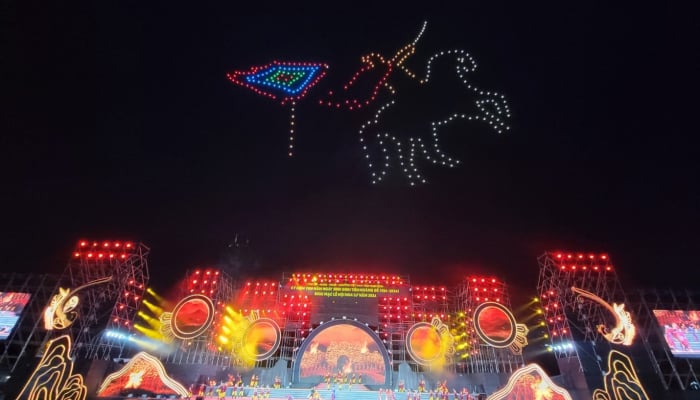

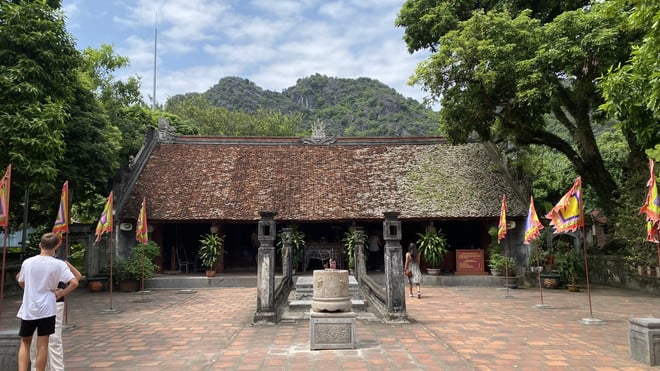





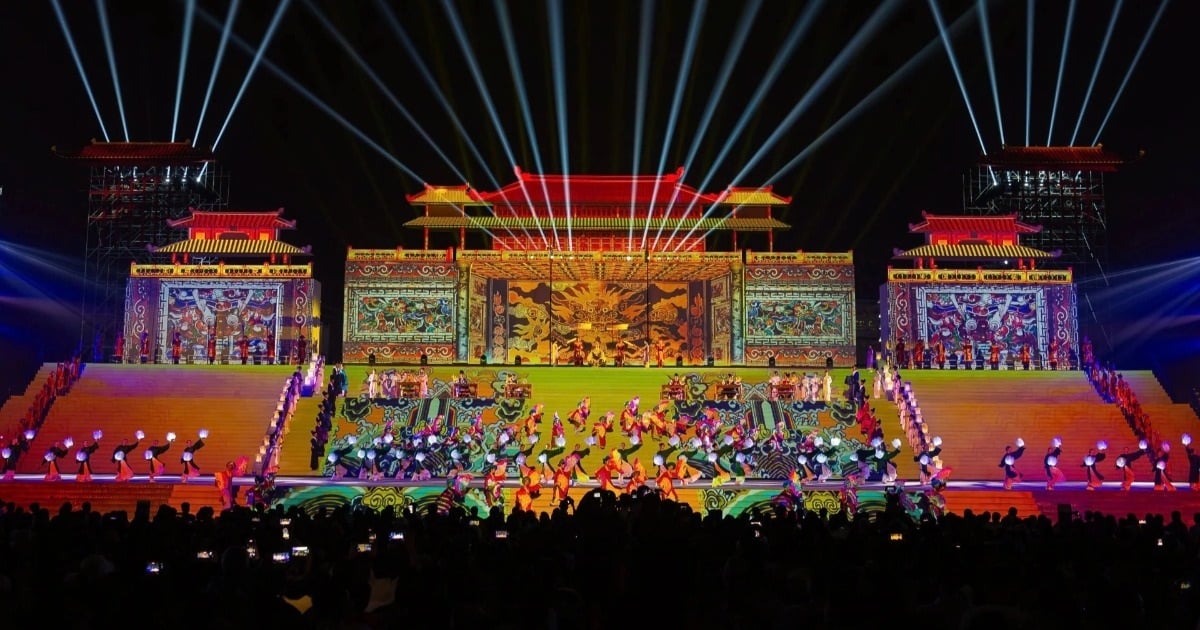

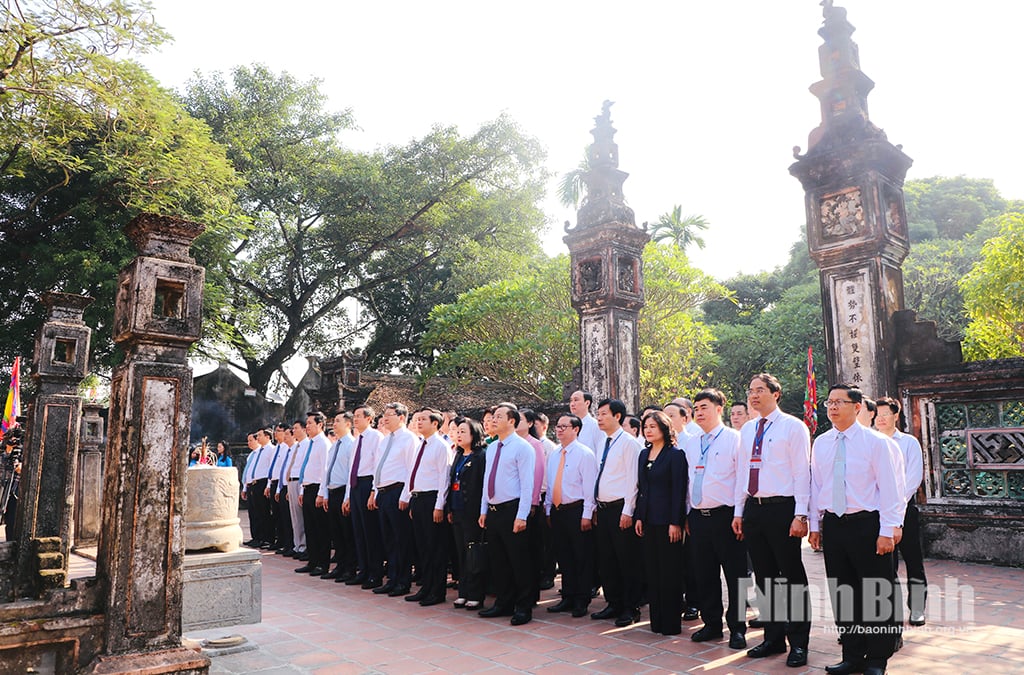
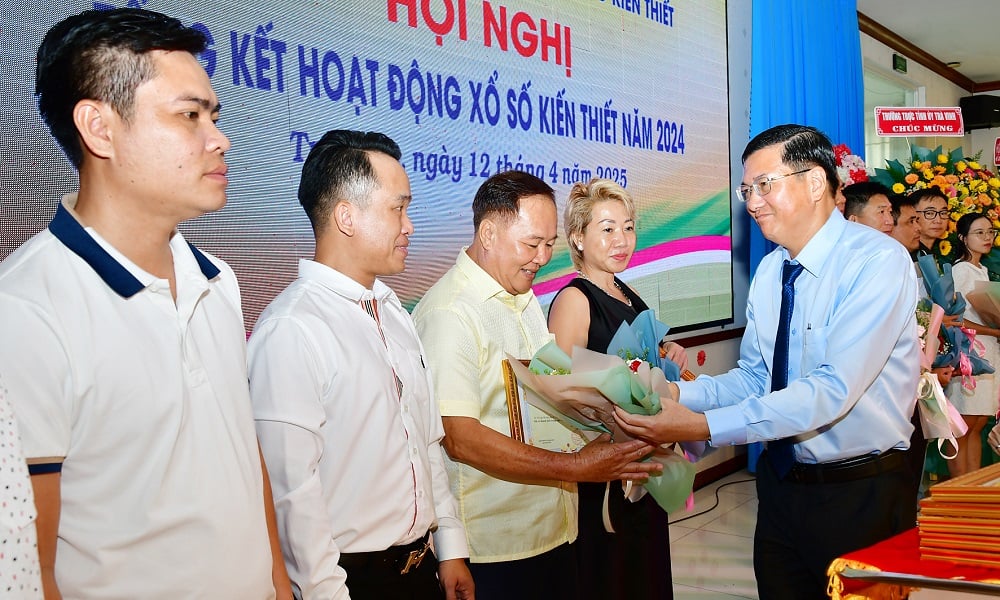
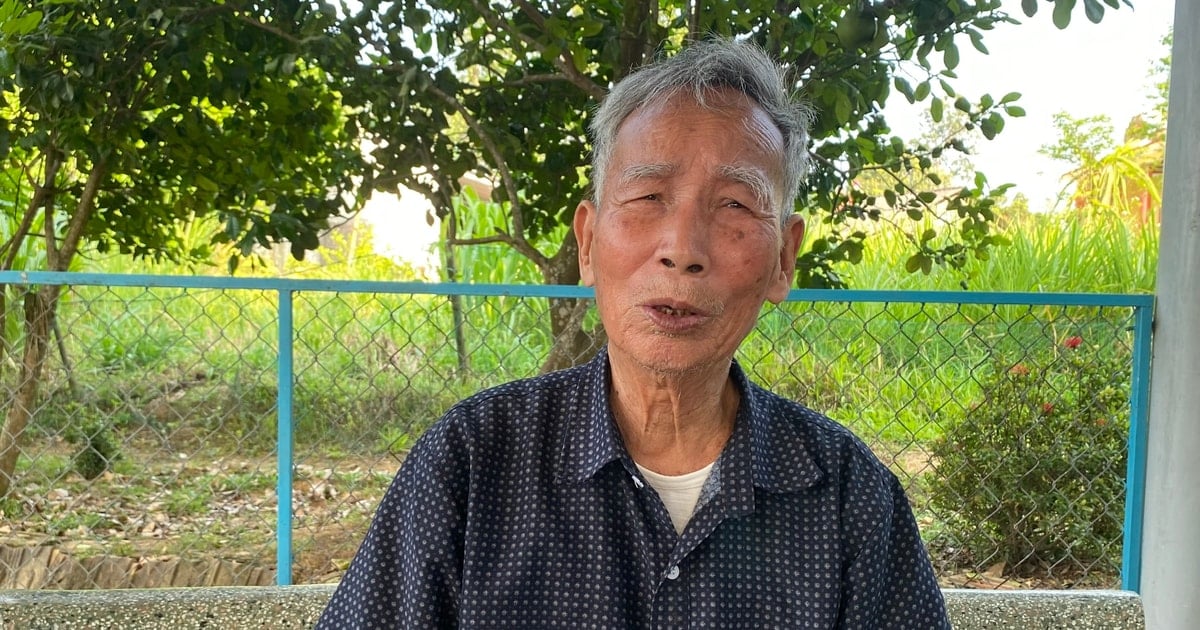
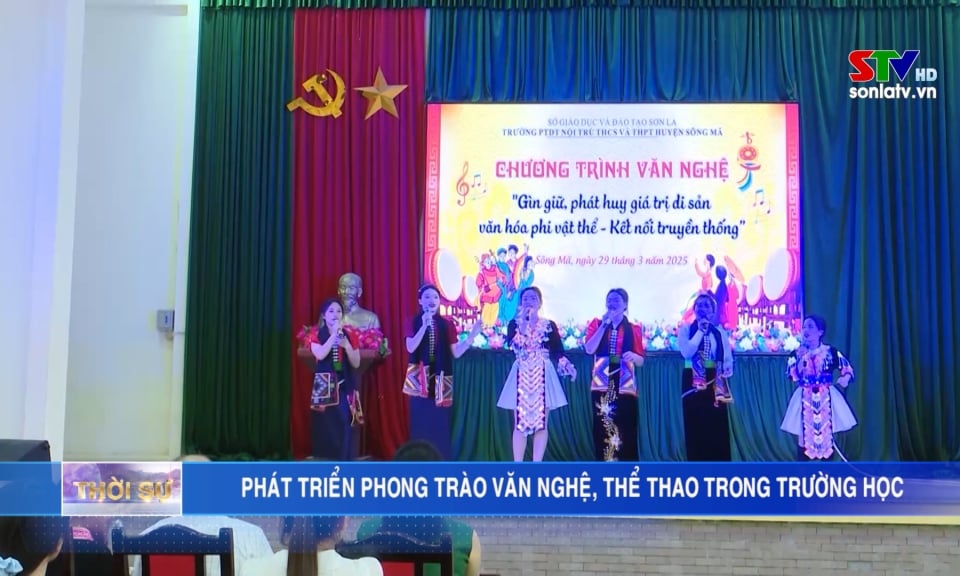
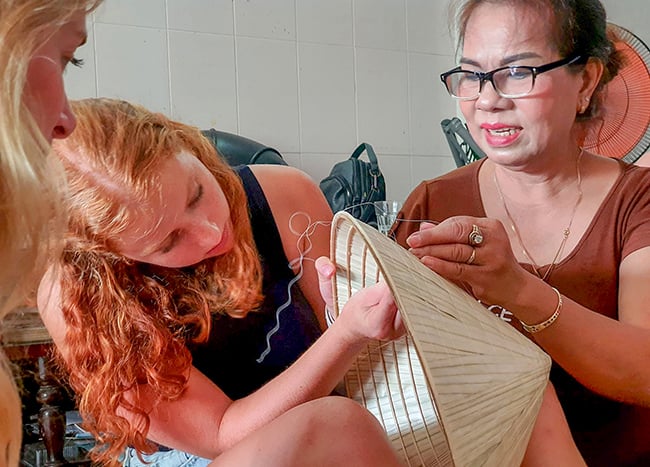
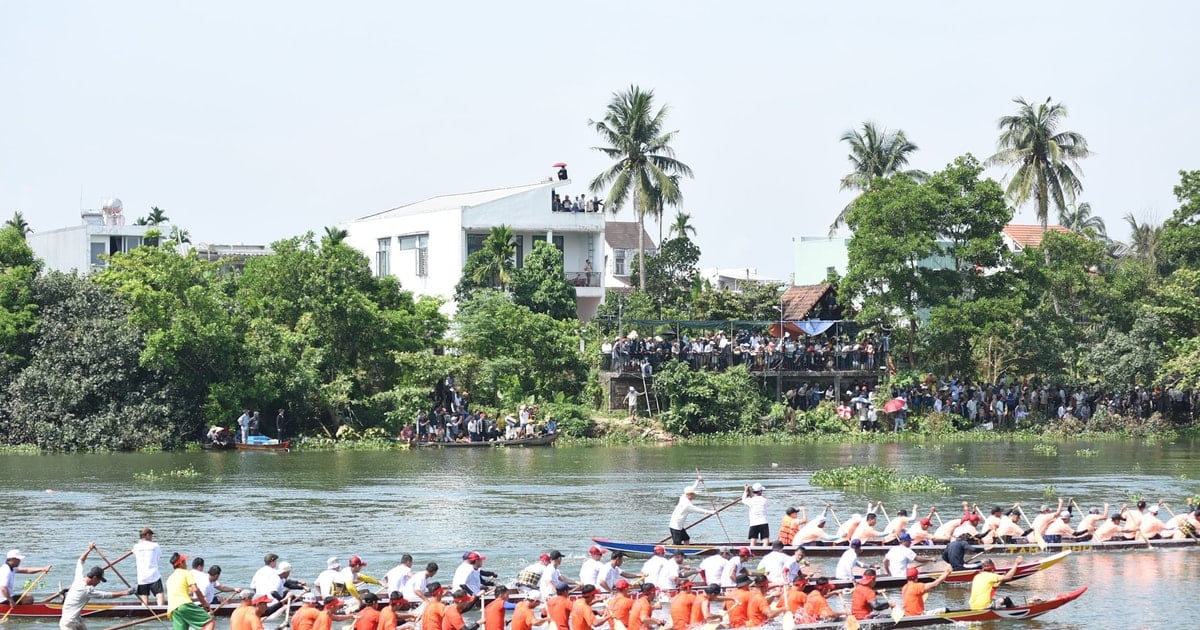
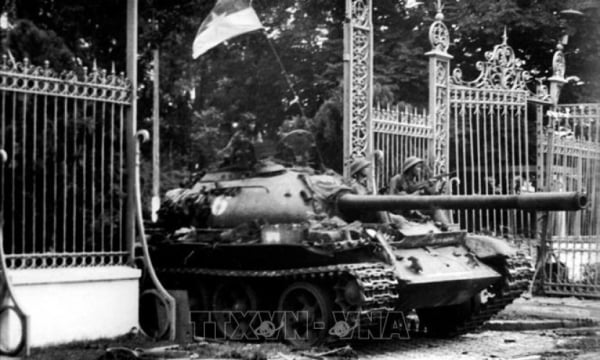


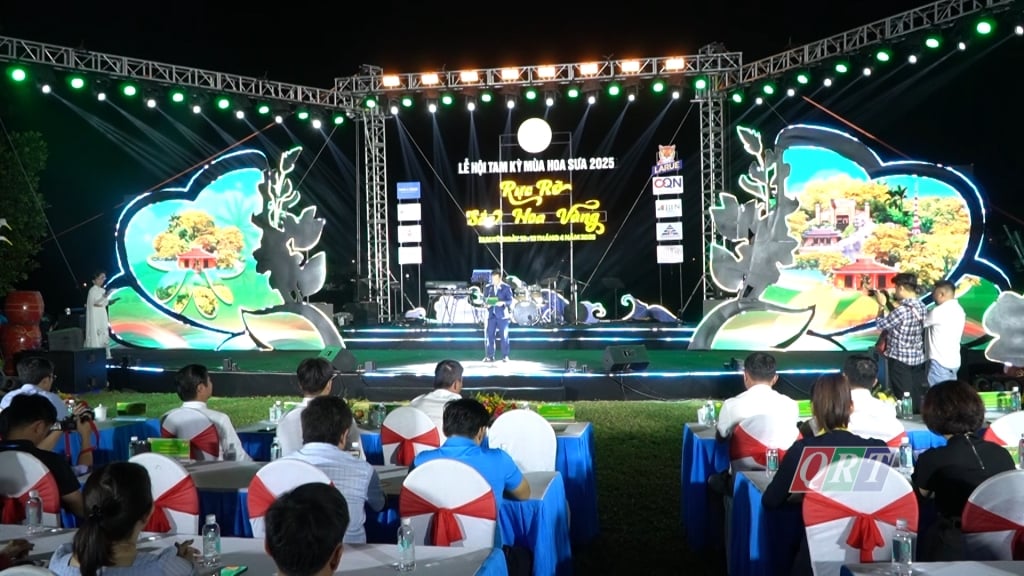
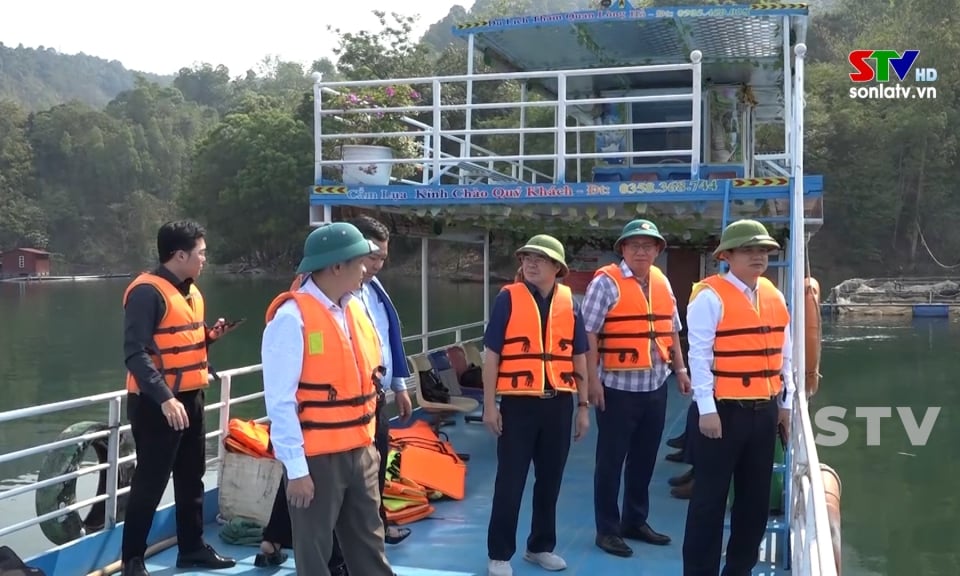


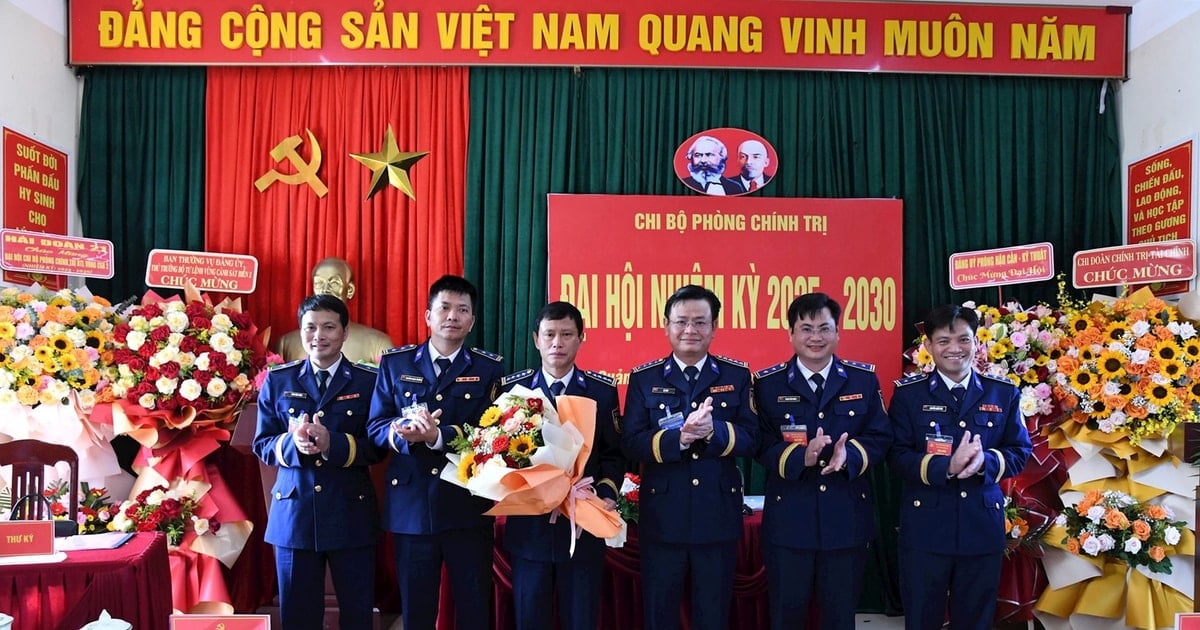











































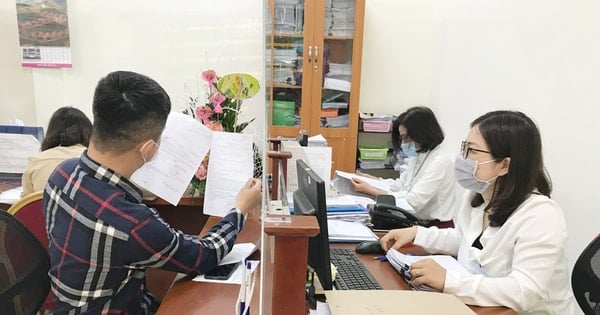

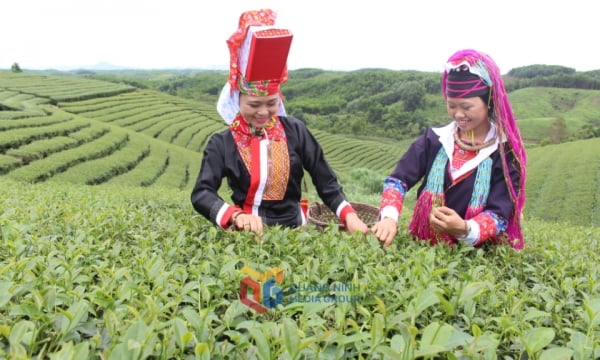

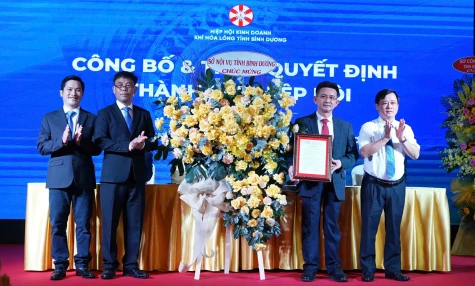

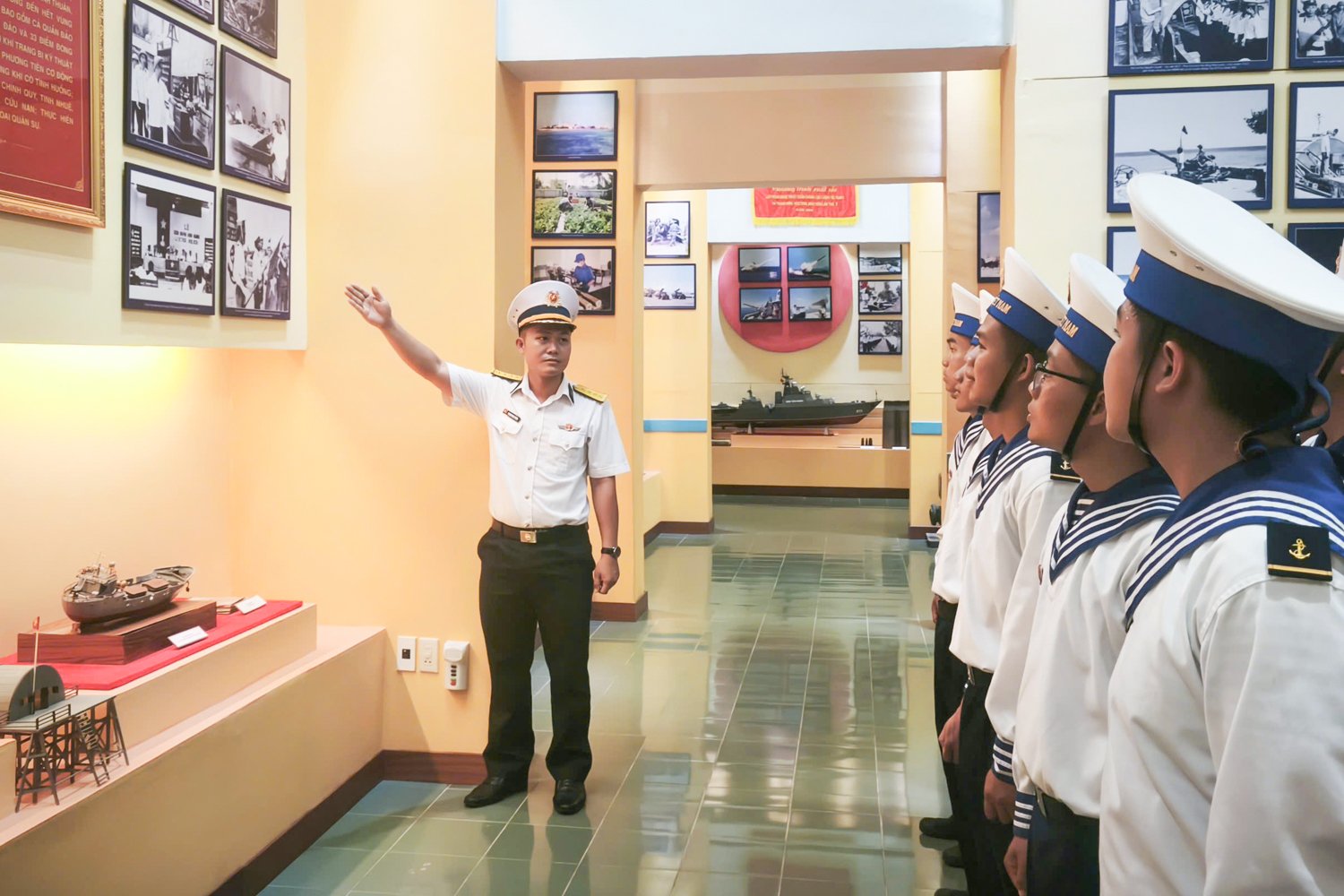

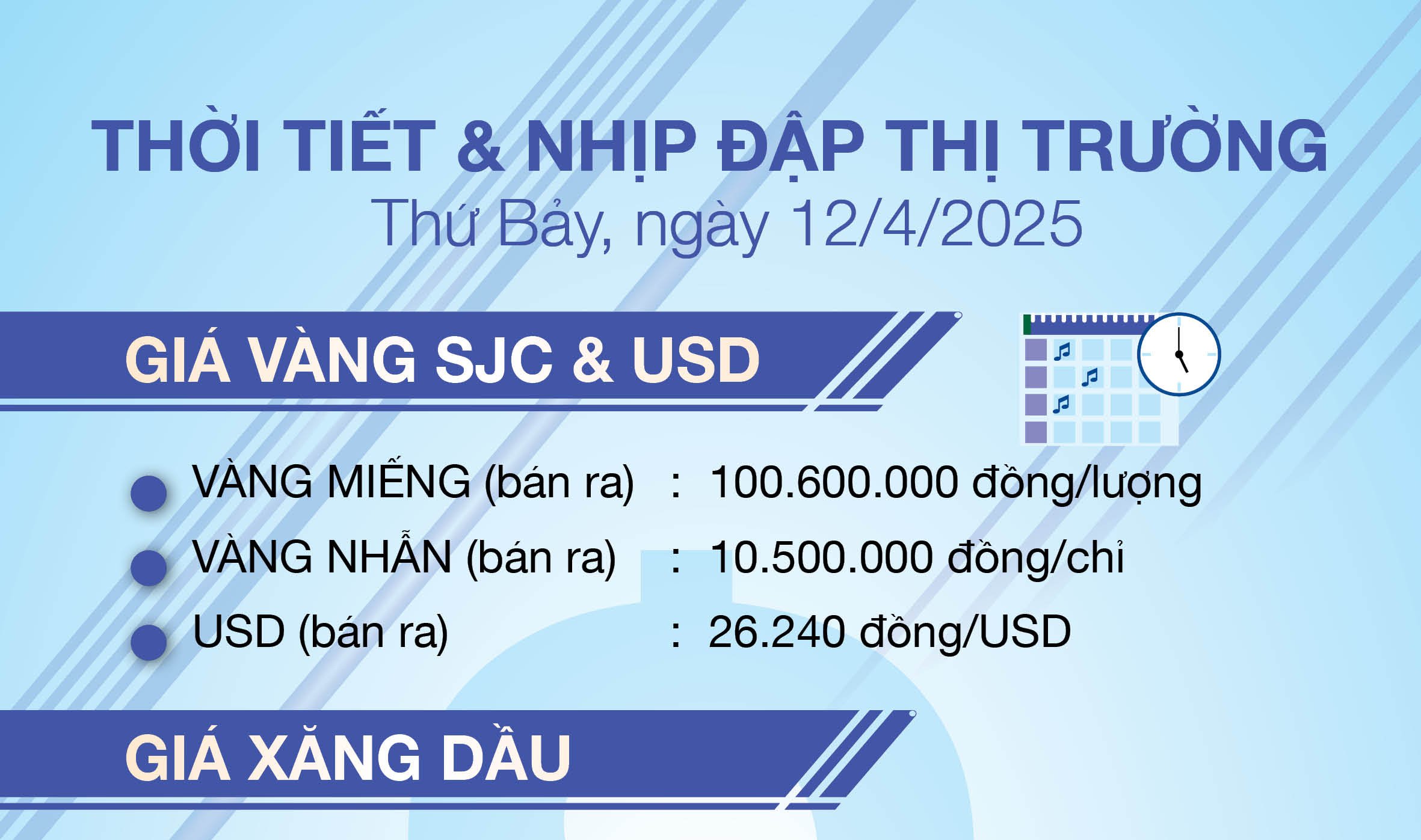












Comment (0)